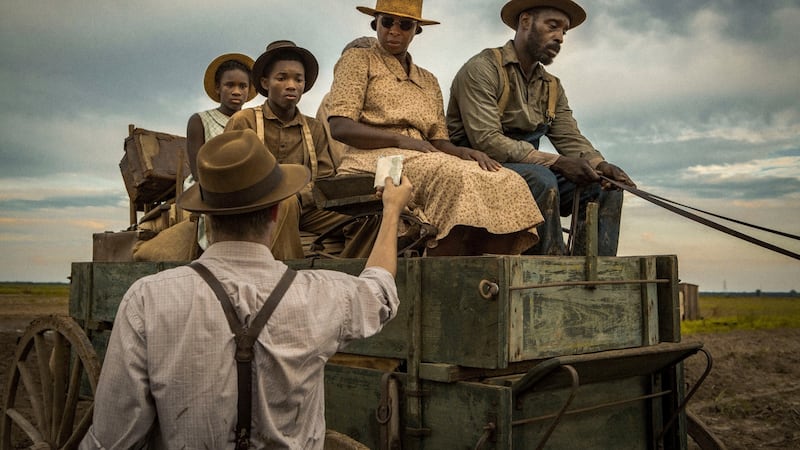Last week, Rachel Morrison became the first woman to receive an Oscar nomination for best cinematography, for the film Mudbound. Unusually, Mudbound is already available on Netflix, which is the film's distributor.
A period film examining the lives of two Mississippi families, one black and the other white, around the time of the the second World War, Mudbound is filled with gritty visuals brought to life by Morrison.
Mud, as the title indicates, is an essential feature along with harsh wide shots that show an unromantic view of the Jim Crow-era South. The film earned four Oscar nominations in total: Best Supporting Actress; Best Original Song for Mary J Blige; and Best Adapted Screenplay.
Morrison's big break came with Ryan Coogler's 2013 drama, Fruitvale Station. Her success is a rarity in Hollywood. According to the Center for the Study of Women in Television and Film, women accounted for 4 per cent of all cinematographers working on the top 250 films of 2017, a decline of 1 per cent from the year before.
Her next project is another collaboration with Coogler: the Marvel film Black Panther, released on February 13th.

What does the Oscar nomination mean to you?
I am incredibly honoured and I’m hoping that it’s just the beginning. I hope that it tells more women that they can get behind the camera. It’s a dream I’ve been chasing my entire career and I never necessarily thought it would happen. It’s also a tremendous honour to be the first.
What are the biggest barriers you’ve faced as a woman behind the camera?
I’ve actually never seen it as a deficit. I think, if anything, I’ve always found it to be an asset because I get to stand out in a crowd. I think it’s an industry that makes a ton of sense for women. It’s all about empathy and handling emotion and visuals. I don’t know that I’ve ever found it to be a challenge. Maybe in jumping the budgets — it’s definitely taken me longer to go from indie movies to studio films than most of my male counterparts. But that would probably be the only thing I’ve experienced as being challenging.
Do you find it frustrating to be referred to as a female cinematographer?
Yeah, I think it’s ridiculous. This is a job that’s gender neutral and I can’t wait till the day that we’re just DPs (directors of photography), the way teachers are teachers and doctors are doctors and lawyers are lawyers. I think as soon as we represent more than 2 or 4 per cent, and we’re not such a crazy anomaly, then hopefully people will just start referring to us as DPs. Also, I’m excited for the work to speak for itself and not just lumped into “Here’s what the female DPs are doing right now.”
The visuals for Mudbound are fairly dark, compared with some picturesque depictions of the South, like Steven Spielberg’s The Color Purple. How did you decide to go that route and how challenging was it compared with your other works?
I think it’s actually very much in line with my other work. We definitely decided to go bold or go home as far as letting dark scenes be incredibly dark. We wanted to be very careful not to glorify the period. It was showing just enough beauty to understand the hope and why people chase the dream of land ownership, but enough dark and grit to understand what the reality was actually like.
How different from Mudbound was your approach in Black Panther?
I certainly wasn't going for a washed-out look in [Mudbound]; it's incredibly dark. [Black Panther] is generally speaking a much brighter, poppier, more saturated film. – New York Times
Mudbound is available on Netflix. Black Panther is in cinemas on February 13th. The 90th Academy Awards take place on March 4th





















